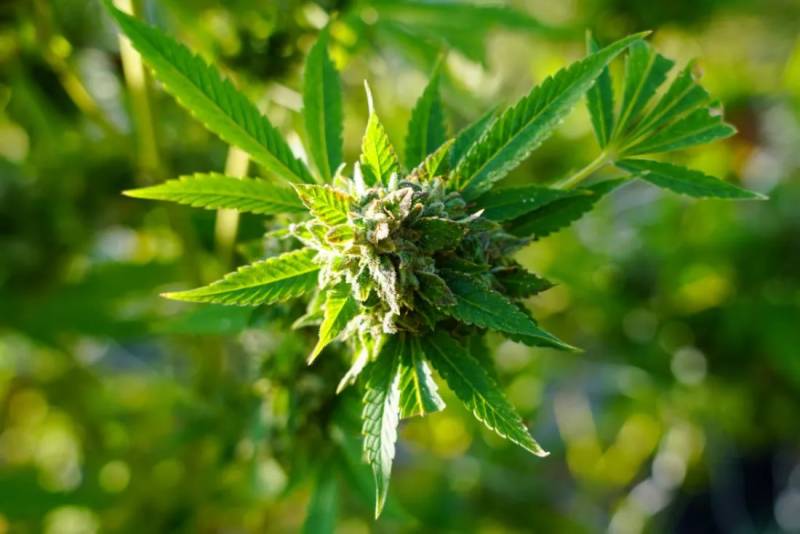But for consumers who do choose to partake, there’s another layer of concern: Traces of other harmful substances like pesticides, molds and heavy metals, might be lurking in a tasty-looking edible or nicely packaged vape. State regulators are trying to get their arms around the problem, but researchers say they have a ways to go.
Here are four things to know about the safety of marijuana products and the landscape of regulation today.
1. States disagree about which contaminants to test for
Overall, state regulators are looking to keep cannabis products free of contaminants that can be introduced during the growing and producing process, including pesticides, mold, bacteria, solvent residues and heavy metals like arsenic, which can come from the soil.
All of those things have the potential to cause harm either in the short term — with an ER visit for vomiting, for example, which microorganisms could trigger — or in the long term, increasing your risk for certain cancers or neurological problems.
But regulation is tricky because, on the federal level, cannabis is still illegal. Not every state has legalized cannabis, and those that have may regulate it very differently.
Maxwell Leung, an assistant professor at Arizona State University, did a study in 2022 about that patchwork of cannabis regulations.
“We found that there are over 600 contaminants that are regulated across some 30 states that had legalized cannabis at that time,” Leung says. “But interestingly, in each jurisdiction, there’s only anywhere between 60 to 120 contaminants that are regulated.”
So, a pesticide that might prompt one state to pull cannabis off the shelf, another state might not even be looking for.
Still, simply testing for more contaminants doesn’t necessarily make a state’s cannabis products safer. That’s because it’s early days when it comes to the research, so it’s hard to say which contaminants are the most hazardous to human health.
2. The black market is still booming
Not only are there conflicting regulations state by state, cannabis is still illegal under federal law, which means properly regulated products can’t be shipped legally from one state to the next.
Those restrictions have left a huge opening for underground producers and distributors, some backed by criminal gangs. NPR has found that these products are often grown and processed in unsanitary conditions, with banned pesticides and unhealthy working conditions. They also typically lack trustworthy potency guidelines.
“We’re talking about a market that lacks transparency and accountability. Whether I was getting cannabis or alcohol or my broccoli from an unregulated market, I’d be concerned about any number of issues,” says Paul Armentano, deputy director of NORML, the National Organization for the Reform of Marijuana Laws.
Even many storefront shops around the U.S. are selling black-market weed. This is one of the biggest challenges for consumers right now. If you want legal, regulated weed, you have to do your research and really understand how your cannabis products are sourced. That’s not always easy.
3. It will get easier for consumers
Activists, historians and drug policy experts NPR spoke with expect the legal cannabis landscape to get easier to navigate.
“When you move from prohibition to legalization, it takes time to significantly reduce the size of the illegal market,” said Beau Kilmer at the RAND Drug Policy Research Center.
Drug policy experts point out the end of alcohol prohibition in the 1930s was also messy. It took years for legal alcohol brewers and distillers to push out the illegal moonshine operators.
“There was a black market for years for moonshine” after Prohibition ended, said Daniel Okrent, a historian whose book Last Call is a history of alcohol bans in the U.S. “Statewide prohibition laws in some states lasted into the 1950s and 1960s. They were ignored, but they existed.”
Legal cannabis producers say they think over time, the safer, regulated marijuana brands will win out. That’ll make it easier for consumers to know which products to grab off the shelf.
4. Legal weed offers some comfort
In states and communities where it’s available, legal weed is probably more likely to be free of many contaminants like pesticides and mold because states are testing them and pulling them off the shelves. And the people growing the marijuana plants, making the products and selling them legally want to keep their customers safe and stay in business.

